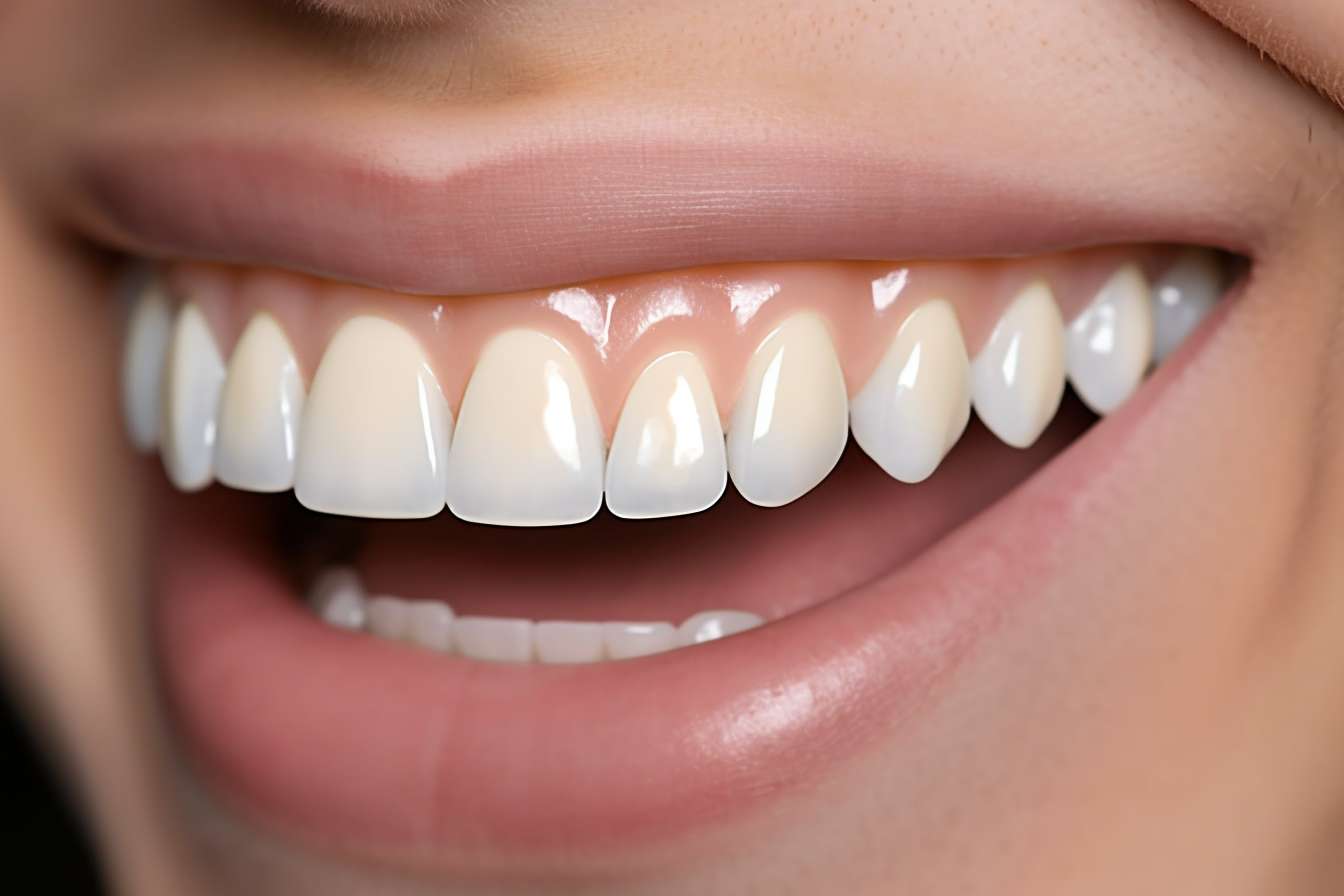Curious About Screwless Dental Implants? Here’s What You Need to Know
Dental implants have revolutionized the field of restorative dentistry, offering a permanent solution for missing teeth. Among the latest innovations in this area are screwless dental implants, which are gaining popularity for their unique design and potential benefits. This article delves into the world of screwless dental implants, exploring how they differ from traditional implants, the process of getting them, and what you can expect in terms of cost.

Dental implants have revolutionized tooth replacement, providing patients with durable, functional, and aesthetically pleasing solutions for missing teeth. Among the innovations in implant dentistry, screwless dental implants have emerged as an alternative to traditional screw-retained systems. This article explores what screwless dental implants are, how they differ from conventional options, and what patients should know when considering this treatment option.
How Do Screwless Implants Differ From Traditional Implants?
Traditional dental implants typically consist of three components: a titanium screw that integrates with the jawbone, an abutment attached to the implant with a screw, and a crown that sits on top. Screwless dental implants, however, use different connection mechanisms to secure the restoration.
The main difference lies in how the prosthetic tooth attaches to the implant base. Rather than using screws, these systems may employ friction-fit connections, morse taper connections, or locking mechanisms. The Conelog connection system, for example, uses a conical interface and internal anti-rotation elements instead of screws. Another variation is the snap-attachment system where prosthetics click into place using specialized attachments.
Screwless designs often feature one-piece implants where the abutment and implant body are manufactured as a single unit, eliminating the microgap that exists between components in traditional two-piece systems. This design can potentially reduce bacterial colonization at the implant-abutment interface, which may decrease the risk of peri-implantitis and bone loss around the implant.
What Is The Process Of Getting Screwless Dental Implants?
The general process for receiving screwless dental implants shares similarities with traditional implants but includes some key differences. The journey typically begins with a comprehensive dental examination, including 3D imaging to assess bone volume and quality.
During the surgical procedure, the implant is placed into the jawbone under local anesthesia. Because many screwless systems are designed for immediate loading, temporary restorations might be placed the same day, allowing patients to leave with functional teeth. This contrasts with traditional implants that often require a healing period of several months before the final restoration.
The osseointegration process—where the implant fuses with the surrounding bone—still occurs over several months. However, the prosthetic attachment process differs significantly. Instead of using screws to secure the crown or bridge, dentists use specialized tools to secure the restoration through friction fit or locking mechanisms.
For patients receiving full-arch restorations, systems like All-on-4® might incorporate screwless technology for attaching the prosthesis to the implants, providing a more streamlined restoration process. Follow-up appointments are still necessary to monitor healing and ensure proper function.
How Much Do Screwless Dental Implants Cost?
The cost of screwless dental implants varies based on several factors, including the specific system used, geographic location, practitioner expertise, and the complexity of the case. Generally, screwless implant systems may come at a premium compared to traditional screw-retained options due to their specialized technology.
Single screwless implants typically range from $3,000 to $6,000 per tooth, including the implant, abutment (if separate), and crown. Full-arch restorations using screwless technology can range from $15,000 to $30,000 per arch. These costs may be higher in metropolitan areas or when performed by specialists with extensive experience in implantology.
Some dental insurance plans provide partial coverage for implants, typically covering 50% of the procedure up to an annual maximum. However, many plans categorize implants as cosmetic and offer limited or no coverage. Patients should verify their benefits before proceeding with treatment.
| Implant Type | Average Cost (Single Tooth) | Average Cost (Full Arch) | Notable Features |
|---|---|---|---|
| Traditional Screw-Retained | $2,500-$5,000 | $15,000-$28,000 | Proven track record, widely available |
| One-Piece Screwless | $3,000-$5,500 | $16,000-$30,000 | Reduced bacterial infiltration, streamlined design |
| Friction-Fit Systems | $3,500-$6,000 | $18,000-$32,000 | Easier restoration removal for maintenance |
| Locking-Mechanism Systems | $3,200-$5,800 | $17,000-$31,000 | Stable connection, reduced abutment loosening |
Prices, rates, or cost estimates mentioned in this article are based on the latest available information but may change over time. Independent research is advised before making financial decisions.
Benefits of Choosing Screwless Dental Implants
Screwless dental implants offer several potential advantages over traditional systems. The absence of screw access holes in the final restoration provides superior aesthetics, particularly for front teeth where visibility is a concern. The elimination of screw channels also preserves more of the crown material, potentially increasing restoration strength.
Many patients report improved comfort with screwless systems, as the one-piece design can reduce irritation of surrounding tissues. The simplified connection mechanism may also decrease complications related to screw loosening or fracture, which are occasional issues with traditional implants.
For dentists, screwless systems often offer more straightforward restoration procedures and easier maintenance. The absence of screw access channels means no need for composite filling materials to cover access holes, resulting in more predictable long-term aesthetics.
Potential Drawbacks and Considerations
Despite their advantages, screwless dental implants aren’t universally ideal. Some systems may require more precise placement than traditional implants, demanding greater surgical expertise. Retrievability can also be a concern—while screw-retained restorations are relatively easy to remove for maintenance or replacement, some screwless designs may be more challenging to remove without damaging the restoration.
Not all patients are suitable candidates for screwless implants. Factors such as limited interocclusal space (distance between upper and lower jaws), severe bruxism (teeth grinding), or certain anatomical constraints might make traditional screw-retained implants more appropriate. Additionally, the long-term clinical data for some newer screwless systems is less extensive compared to traditional implants with decades of documented success.
Dental implant technology continues to evolve, with screwless systems representing one branch of innovation in the field. These alternatives to traditional screw-retained implants offer unique benefits in terms of aesthetics, comfort, and potentially reduced complications. However, they come with their own considerations regarding cost, technique sensitivity, and case selection. Patients interested in screwless dental implants should consult with an experienced implant dentist to determine if this option aligns with their specific needs, anatomical conditions, and budget constraints.
This article is for informational purposes only and should not be considered medical advice. Please consult a qualified healthcare professional for personalized guidance and treatment.




